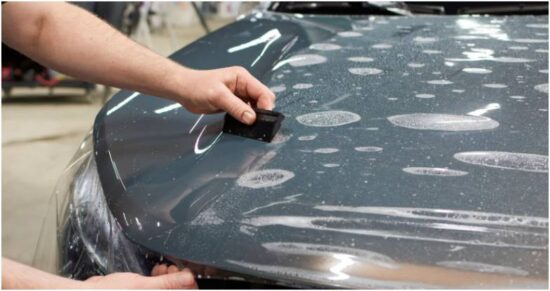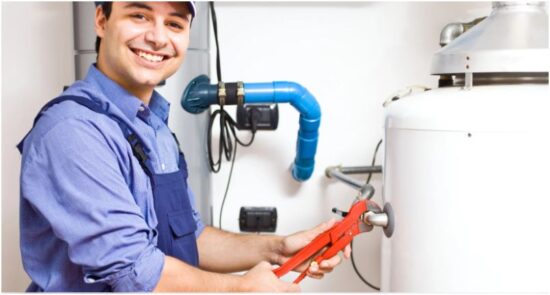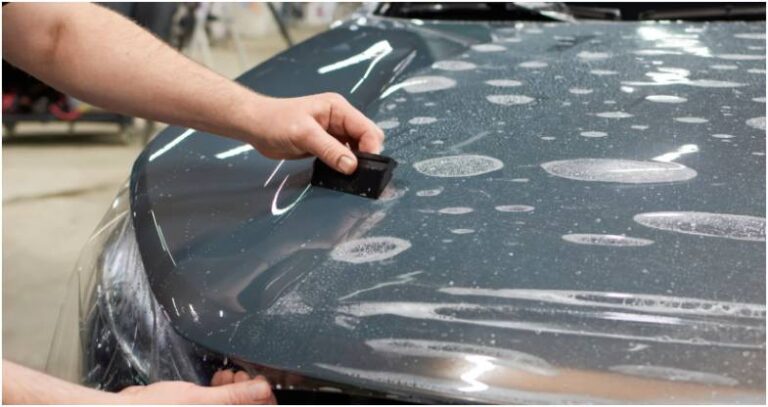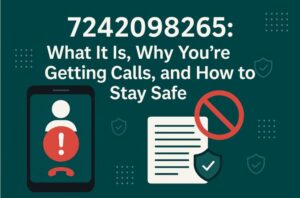Preventing underage drinking and driving is a collective responsibility that requires a proactive, community-wide effort. The combination of inexperience behind the wheel and impaired judgment from alcohol creates a dangerous situation with potentially devastating outcomes. By working together, parents, educators, and community leaders can implement effective strategies to protect young people and make our roads safer for everyone.
This is not just about enforcing laws; it’s about building a culture of responsibility and awareness. A comprehensive approach involves open communication, robust education, and strong community partnerships.
The Role of Parents and Guardians
Parents and guardians are the first line of defense in preventing underage drinking and driving. Creating an environment of trust and open dialogue at home is fundamental to guiding a teen’s decisions.
Fostering Open Communication

Talk to your teens early and often about the dangers of alcohol. It’s important to move beyond a simple “don’t do it” message. Discuss the specific risks, including the legal consequences, health dangers, and the potential for life-altering accidents. Create a safe space where they feel comfortable asking questions or admitting to mistakes without fear of extreme punishment. This open dialogue builds a foundation of trust that can be crucial in a moment of crisis.
Setting Clear Expectations and Consequences

Establish clear, non-negotiable rules about alcohol use and driving. Ensure your teen understands the consequences for breaking these rules. Consistency is key. Beyond household rules, make sure they know the zero-tolerance laws for underage drinking and driving. These conversations reinforce the seriousness of the issue and help them understand the significant legal and personal stakes involved.
Providing a Safe Alternative

One of the most powerful tools a parent can offer is an unconditional safe ride home. Let your teen know that they can call you at any time, from any place, for a ride, with no questions asked until everyone is home safely. This simple promise can remove the temptation to get behind the wheel after drinking or to ride with a driver who has been.
The Power of Education and School Programs
Schools play a vital role in reinforcing the message about the dangers of impaired driving. Integrating this education into the curriculum and school culture can have a lasting impact.
Comprehensive Educational Initiatives
Effective school programs go beyond one-time assemblies. They incorporate evidence-based curricula that detail how alcohol affects the brain, impairs coordination, and slows reaction time, especially in developing adolescents. These programs can use simulators and testimonials to make the risks feel more tangible. They should also equip students with refusal skills to help them navigate peer pressure.
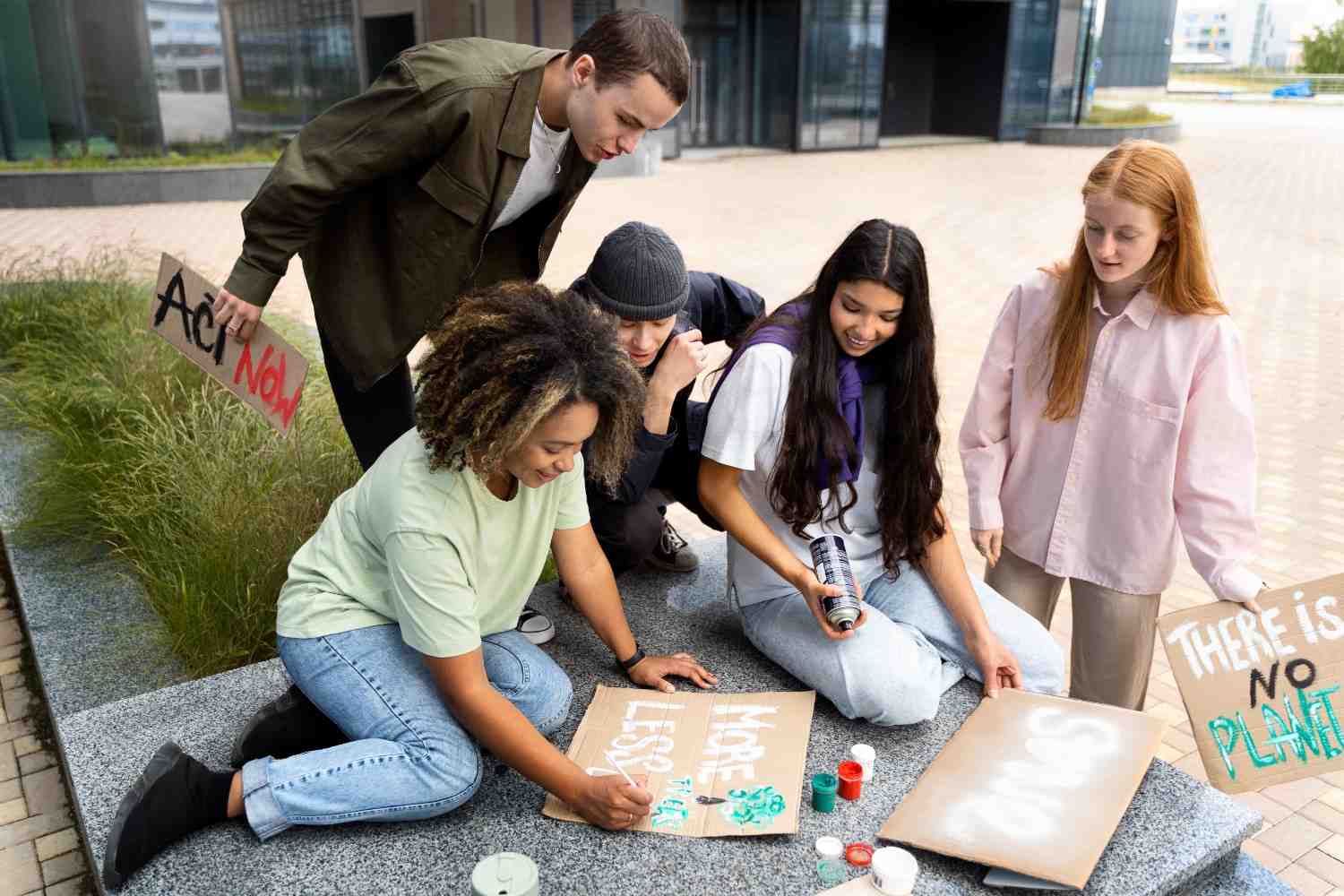
Engaging Students with Peer-Led Campaigns
Student-led organizations and campaigns can be incredibly effective. When teens hear messages from their peers, it often resonates more strongly. Supporting groups that promote sober driving and create positive social events without alcohol can help shift the social norms within a school. Activities around prom and graduation seasons are particularly important times to amplify these messages.
Community-Wide Responsibility
A broader community effort strengthens the support network around young drivers. Local government, law enforcement, and businesses all have a part to play.
Promoting Responsible Practices
Local businesses, especially those that sell alcohol, must be vigilant about checking identification to prevent underage purchases. Community-sponsored recreational activities provide teens with positive and engaging alternatives to parties where alcohol might be present. When a young person does face legal trouble, getting guidance from a professional like a DUI lawyer in St. George can be essential, but the community’s primary goal should always be prevention.

Law Enforcement and Public Awareness
Visible law enforcement and public awareness campaigns serve as a strong deterrent. Checkpoints and increased patrols, especially during holidays and weekends, remind everyone of the seriousness of driving under the influence. Public service announcements on local radio, social media, and billboards can keep the message of safe driving at the forefront of the community’s consciousness.
Ultimately, preventing underage drinking and driving is about creating layers of protection through education, communication, and responsible action. It requires a sustained commitment from every part of the community to foster an environment where young people are empowered to make safe and healthy choices. By working together, we can reduce tragic accidents and ensure our young drivers have the chance to reach their full potential.



